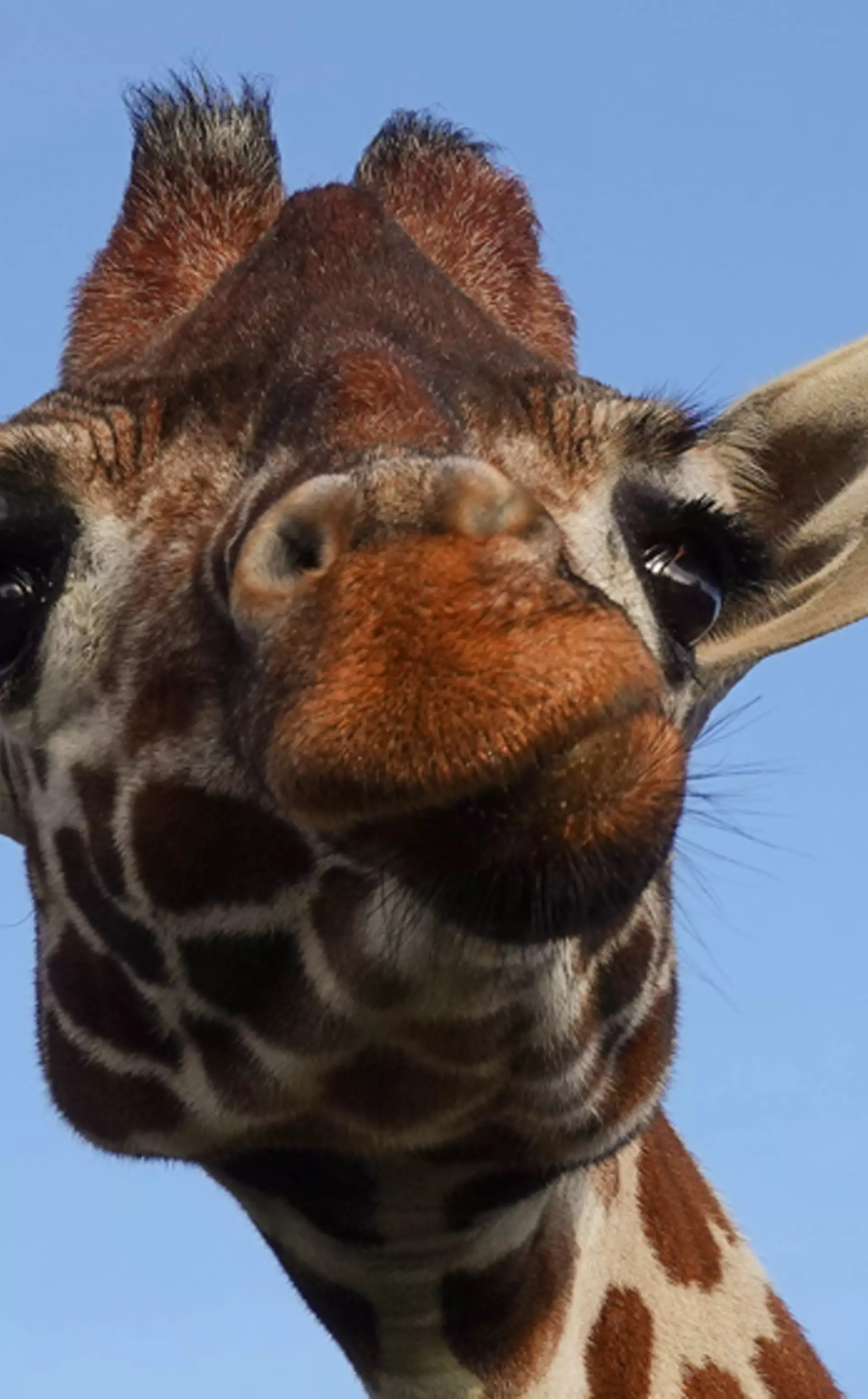In our Adaptations & Evolution workshop, students will discover how different animal species have become adapted to different habitats over a long period of time. Through a hands on activity they will explore the adaptations of a range of species in depth and will be introduced to how this has happened through the process of natural selection. They will encounter a ZSL conservation project that provides a real life example of how animals are responding to changes in their environment, and explore why evolution might not be occuring.
Real objects from the natural world used in this session are on loan from HM Revenue and Customs
| Age: KS3 (11 - 14 years old) | Duration: 45 minutes | Capacity: 35 students | Indoor Workshop |
Intended Learning Outcomes:
Students will be able to:
- Describe the different between an anatomical and behavioural adaptation
- Recognise that successful variations in animal species are passed on to offspring through the process of natural selection
- Describe why animals are unable to adapt to rapid changes in the environment, such as that posed by climate change
- Discuss how human behaviour impacts animal species
National Curriculum Links
| KS3 Biology | Working scientifically | Experimental skills and investigations |
|
| Genetics and evolution | Inheritance, chromosomes, DNA and genes |
|
